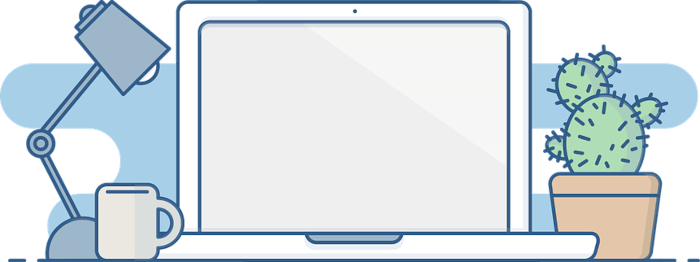Last Updated on April 30, 2022
International Business Machines Corporation (IBM) is an American multinational technology corporation headquartered in Armonk, New York. They sell computer hardware, middleware and software employing over 370,000 people.
IBM acquired Red Hat in 2019. But you can trace IBM’s history of open source far further back. They were one of the earliest champions of open source, backing influential communities like Linux, Apache, and Eclipse, advocating open licenses, open governance, and open standards.
IBM also collaborates with Linux organisations. For example, IBM works with Ubuntu in areas like containers, virtualization, Infrastructure-as-a-Service, big data analytics and DevOps to provide reference architectures, support solutions and cloud offerings, both for enterprise data centres and cloud service providers.
The company is involved in many open source projects. For example, they helped to create the Apache Software Foundation, and were also a founder member of the OpenJS Foundation, responsible for the development of the Node.js platform, Appium, Dojo, jQuery and many other products.
There are also many IBM software products published under a proprietary license. This series looks at free and open source alternatives to IBM’s products.
![]() The IBM Robotic Process Automation helps automate business and IT processes at scale. Software robots, or bots, can act on AI insights to complete tasks with no lag time and enable you to achieve digital transformation. RPA simulates a human user working.
The IBM Robotic Process Automation helps automate business and IT processes at scale. Software robots, or bots, can act on AI insights to complete tasks with no lag time and enable you to achieve digital transformation. RPA simulates a human user working.
IBM Robotic Process Automation is proprietary software. What are the best free and open source alternatives?
1. Robot Framework
Robot Framework is a generic framework for both test automation and RPA. Like others, it emphasizes natural or human-readable language as a means of making it easier to use.
This Python-based, extensible keyword-driven automation framework is ideal for acceptance testing, acceptance test driven development (ATDD), behavior driven development (BDD) and robotic process automation (RPA). It can be used in distributed, heterogeneous environments, where automation requires using different technologies and interfaces.
2. TagUI
Like Robot Framework, TagUI is a very useful RPA tool. It runs on all major operating systems including Linux.
Write flows in simple TagUI language and automate away repetitive time-consuming tasks on your computer. Tasks include those on websites (native support for Chrome and Edge), desktop apps, or the command line.
3. RPA for Python
RPA for Python is software that lets you quickly automate away repetitive time-consuming tasks on websites, desktop applications, or the command line.
The program was previously known as TagUI for Python.
4. Robocorp
Robocorp bills itself as a mission to democratize Robotic Process Automation through license-free open source technologies.
It includes RPA Framework, a collection of open-source libraries and tools for Robotic Process Automation (RPA), and it is designed to be used with both Robot Framework and Python.
The stack also includes RCC, a set of tooling that allows you to create, manage, and distribute Python-based self-contained automation packages (robots).
Other RPA tools are covered here.
| Alternatives to IBM's Products | |
|---|---|
| Db2 Database - Db2 is a family of data management products, including the Db2 relational database. The products feature AI-powered capabilities. | |
| Maximo Application Suite is a single, integrated cloud-based platform that uses AI, IoT and analytics to optimize performance, extend asset lifecycles and reduce operational downtime and costs. | |
| QRadar SIEM detects, prioritizes and responds to threats. Analyse and aggregate log and flow data from thousands of devices, endpoints and apps across your network. | |
| Rational DOORS is a requirements management tool that makes it easy to capture, trace, analyze, and manage changes to information. | |
| Robotic Process Automation helps automate business and IT processes at scale. Software robots, or bots, can act on AI insights to complete tasks with no lag time. | |
| SPSS is a statistical software suite for data management, advanced analytics, multivariate analysis, business intelligence, and criminal investigation. | |
| SPSS Modeler is a data mining and text analytics software application. The program is used to build predictive models and conduct other analytic tasks. | |
| Watson is a data analytics processor that uses natural language processing, a technology that analyzes human speech for meaning and syntax. | |
